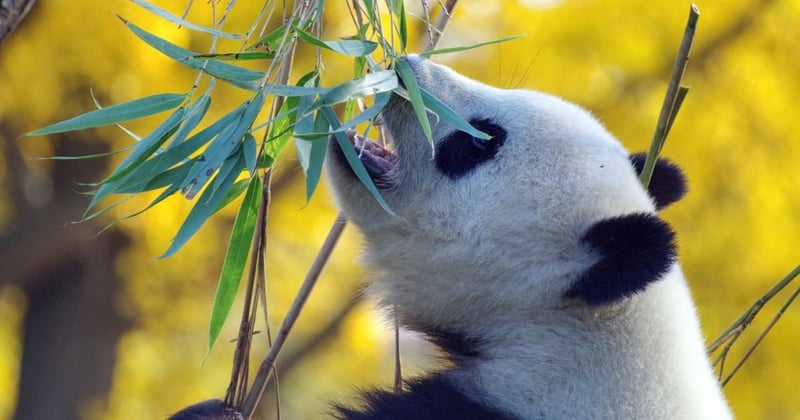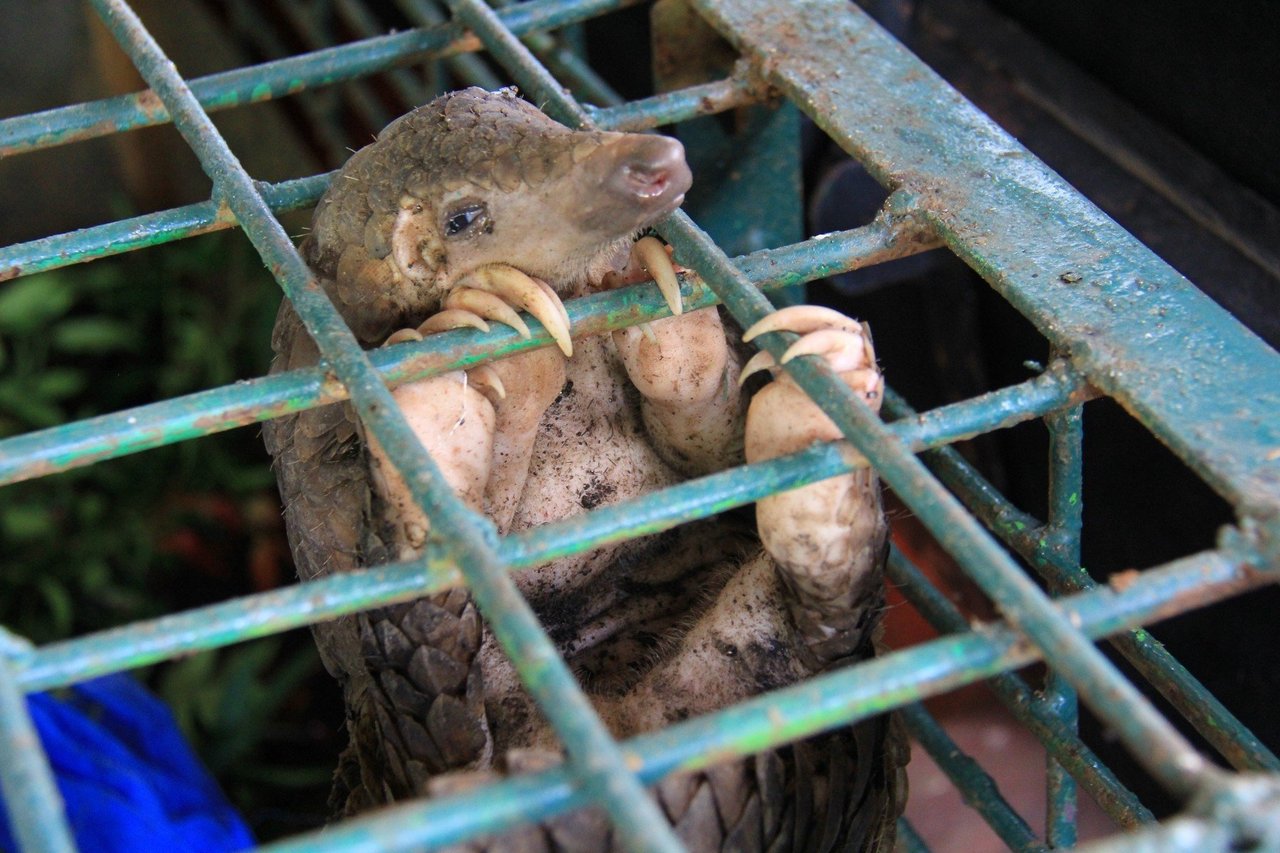
There are seven categories of endangered species. Here’s how they’re classified.
At World Animal Protection, much of our work revolves around wildlife, including endangered species. The conservation status, or where a species falls on the endangered species list, determines how likely they are to become extinct in the near future. The scale ranges from “Least Concern,” where animals like guinea pigs fall, to “Extinct,” which includes species that no longer exist, like the Tasmanian tiger.
Here’s how the scale works and how species are assigned to the various categories.
The IUCN Red List
The IUCN Red List of Threatened Species is the best-known worldwide conservation status listing and ranking system. The list is a checklist of species that have undergone an extinction risk assessment using the IUCN Red List Categories and Criteria.
Endangered Species Categories and Criteria
Species are grouped into seven major categories describing the endangered status of the animal.
Least Concern: The species has a widespread and abundant population.
- Example: Common bottlenose dolphin, a species who resides in nearly half of the world’s ocean.
Near Threatened: The species may qualify as endangered in the near future.
- Example: The Ball Python, a species whose population is in decline, though not yet steeply enough to be considered “endangered.”
Vulnerable Species: 30-50% population decline.
- Example: The Giant Panda, whose population has shrunk in our lifetime but is on the increase as of 2016.
Endangered Species: 50-70% population decline.
- Example: White-bellied Pangolin, a species whose population is decreasing rapidly as humans hunt them for their scales.
Critically Endangered: 80-90+% population decline.
- Example: Bornean Orangutan, whose population and habitat are both shrinking quickly.
Extinct in the Wild: The species only exists in captivity or outside its established range.
- Example: Spix’s Macaw, a species who only exists in captivity now.
Extinct: No animals from this species are known to exist on Earth.
- Example: The Quagga, a zebra subspecies hunted to extinction by humans during the 19th century.
Why Track Endangered Status?
Governments across the world use the IUCN Red List to track species’ endangered status, using this information to reduce biodiversity loss. This is essential for preserving the planet and the health of its inhabitants, including wildlife, farmed animals, and humans.
Where Does Your Favorite Animal Rank?
You can search the IUCN Red List site for your favorite animal to see how they are categorized.
